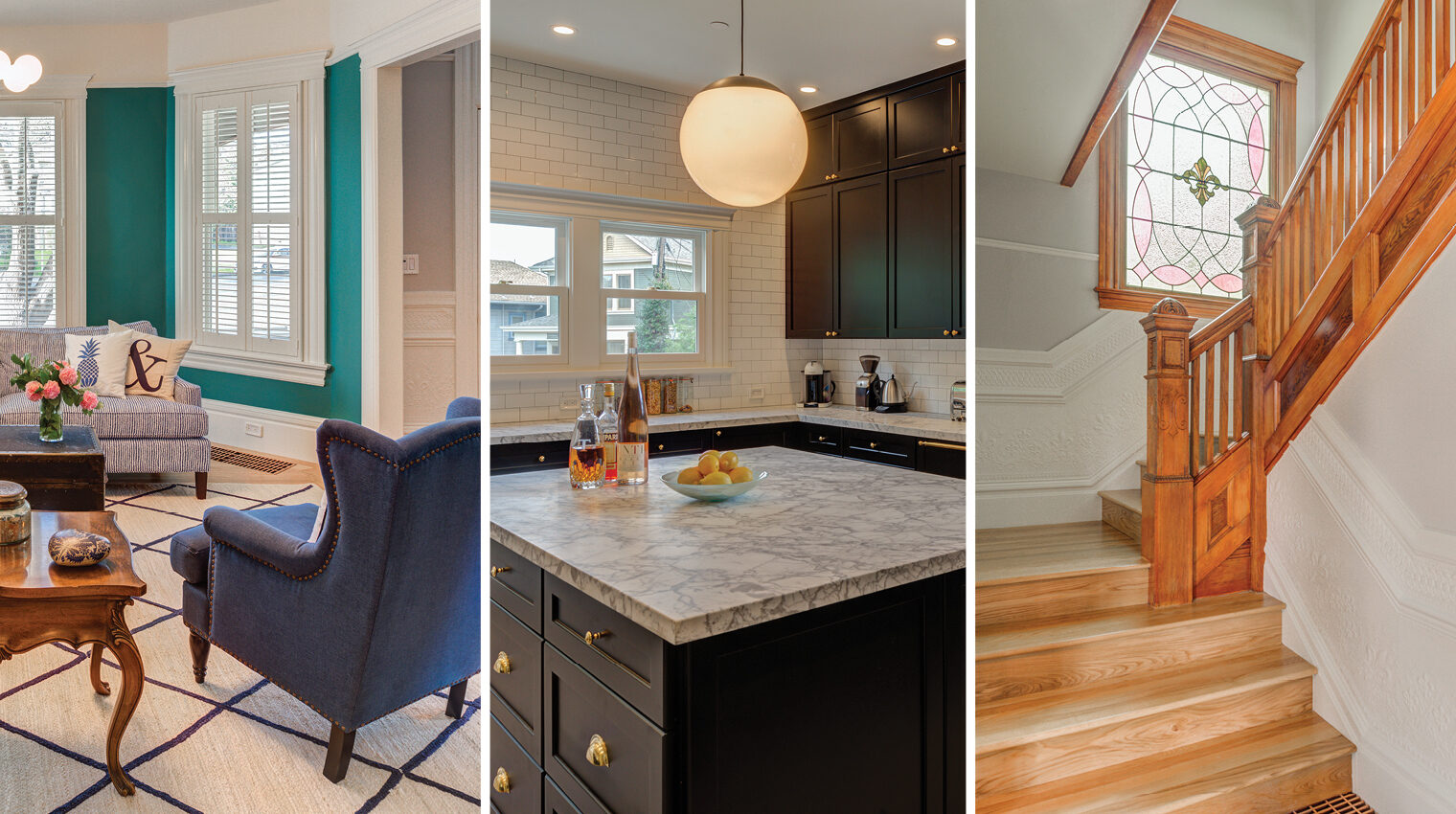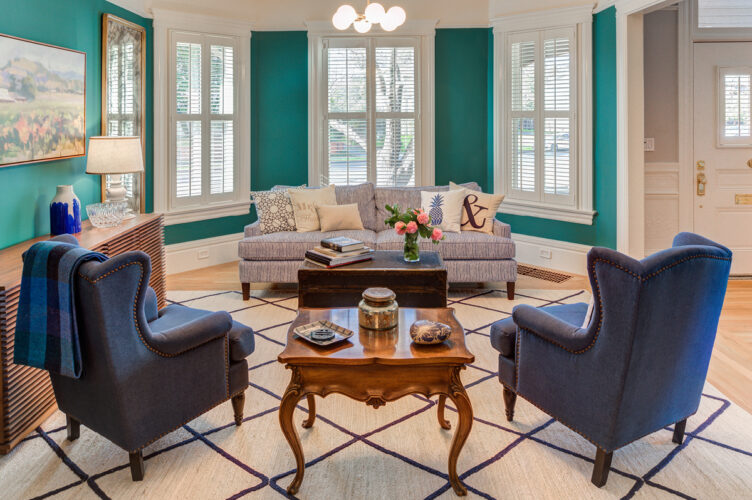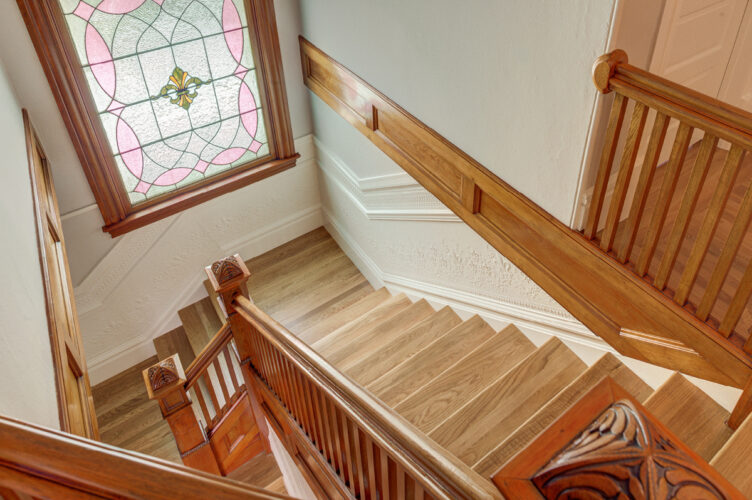Design + Build: Getting familiar with the design process
01.10.2024

Decorating + Design + Architecture

Interior Decorating
Interior decorating primarily focuses on the aesthetics of a space. An interior decorator is responsible for selecting color schemes, furnishings, fabrics, and accessories. They use these elements to create a cohesive look that aligns with their clients' personal style preferences.
Decorating is like giving a house a playful shake - everything that falls out represents the world of interior decoration. It encompasses all the elements that aren't attached to the home itself, such as chairs, tables, rugs, lamps, and decorative items.
To become an interior decorator, individuals often complete a certification program or gain experience in the field. Many interior decorators work independently or on a freelance basis and work closely with clients to design spaces that are aesthetically pleasing and functional.

Interior Design
Interior design, on the other hand, is a more in-depth process that includes a variety of factors beyond aesthetics. Interior designers often focus on the entire space, including its functionality, layout, and user experience. They plan and coordinate structural elements such as walls, windows and doors, as well as lighting, electrical, and plumbing systems.
To become an interior designer, individuals typically need a degree in interior design. Many interior designers work with architects and contractors to ensure homes are properly designed and constructed. They understand materials, building codes, regulations and accessibility requirements, and combine them with their artistic sensibility to create spaces that are both functional and beautiful.

Architecture
Architecture involves designing and planning buildings and other structures to meet specific needs and requirements. Architects use their knowledge of engineering, physics, and materials to create functional, safe, and aesthetically pleasing spaces. Architects work with clients to determine the needs and requirements of the space, and then create detailed designs and blueprints that guide construction.
To become an architect, an individual must obtain a degree in architecture and complete a residency program. Architects must pass a licensing exam to be qualified to design and oversee construction projects.